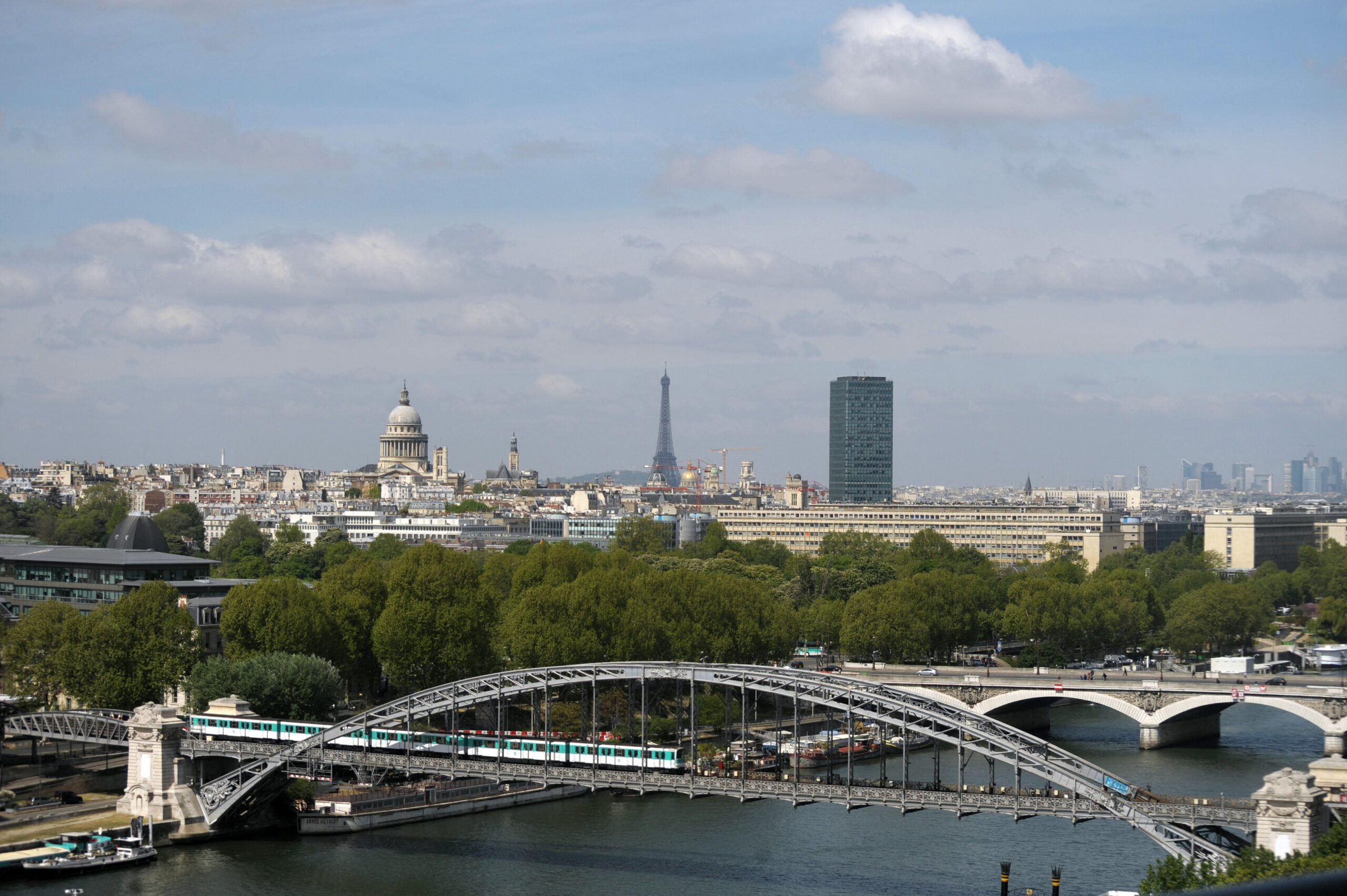Creaking Paris metro to face Olympic test

General view taken on May 5, 2010 showing Pantheon mausoleum and Eiffel Tower, two of main architectural and touristical sights in Paris. ERIC PIERMONT/AFP
PARIS, France — Although long the envy of other cities, Paris’ creaking underground metro system has become a subject of daily frustration for commuters just as the French capital gears up to host this year’s Olympics.
“It’s really difficult and we’re not even at the Olympics yet when there’ll be millions of people on it,” Juliette Fayaud, a 26-year-old restaurant worker, told Agence France-Presse (AFP) on the platform of Line 8.
“There aren’t enough trains. Sometimes in rush hour there’s a train every five minutes when you need them every two or three,” she said.
READ: PH could be 20-strong in Paris Olympics
User satisfaction has plunged since the Covid-19 pandemic in 2020 when the RATP, which runs the capital’s transport system, cut services as workers stayed home en masse.
Many metro employees were furloughed and never returned to jobs, while the training of new staff to replace them slowed significantly.
“I think it’ll be horrible during the Olympics,” 22-year-old saleswoman Gabrielle Camus, another daily user, told AFP as she waited for a train. “I’m planning to use a bike and avoid the metro as much as possible.”
Around one in five trains ran late on some metro lines in Paris last year, according to public data, with users sometimes facing waits of up to 10 or 15 minutes during the day on the worst-performing lines.
Commuters on the larger overground trains, which run on so-called RER lines, were offered refunds in 2023 for the third consecutive year due to punctuality problems. The service is still not back to pre-Covid levels.
With around 7 million visitors expected in Paris during the Olympics from July 26 to Aug. 11, the commuter train system will be under severe scrutiny as one of the main forms of transport for tourists and locals alike.
‘Under-investment’
Major political pressure ahead of the Games—and the appointment of former Prime Minister Jean Castex as head of the RATP in 2022—has led to gradual improvements in recent months, according to surveys by the capital’s transport authority.
Castex warned in December that eight out of 10 lines were “no longer in a state to provide a quality public service” which he blamed on “40 years of under-investment.”
But thanks in part to a major staff recruitment drive, all lines—with the exception of the 3, the 8 and the RER C—reached the minimum performance standard of 90 percent punctuality in March, according to the latest data.
Workers are also racing to complete key line extensions ahead of the Olympics.
The challenge is not so much the volume of travelers—overall traffic is expected to be no higher than a normal working day—but the peaks in demand as fans enter and leave stadiums.
“You shouldn’t be scared to do a bit of walking,” said Valerie Pecresse, head of the greater Paris region. “It’s good for your health.”
No parking
In a city that has been gradually squeezing out cars, Paris is also keen to show off its recent cycling revolution.
Each Olympic sports venue will be accessible on bike, with around 415 kilometers of new cycle lanes built ahead of the Games as well as 20,000 cycle parking spots.
There will be no parking provision for cars at sports venues, and traffic jams in the capital are expected to be worse than usual due to road closures.
Chief organizer Tony Estanguet said last week the city’s trains, buses, trams and cycle lanes could handle the strain.
Traffic is expected to be similar to summer averages of 300,000 arrivals per day, but with a major spike in demand in the days after the closing ceremony on Aug. 11. AGENCE FRANCE-PRESSE
Follow Inquirer Sports’ special coverage of the Paris Olympics 2024.